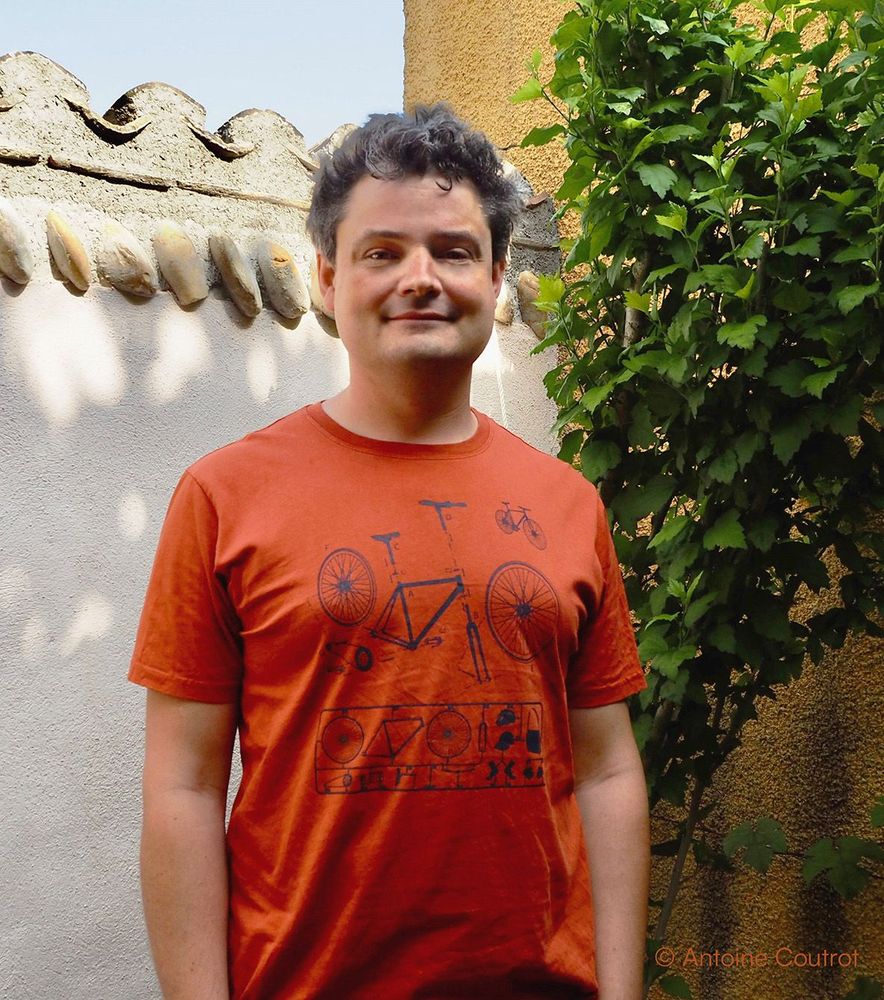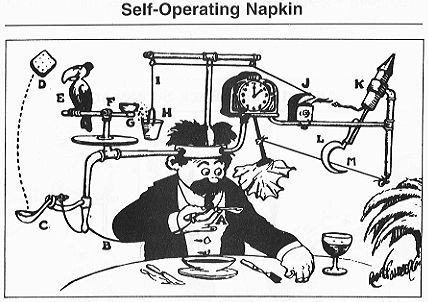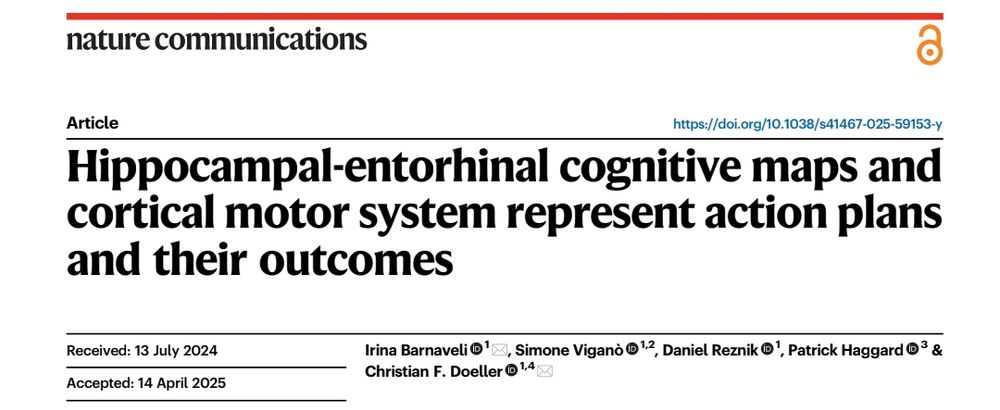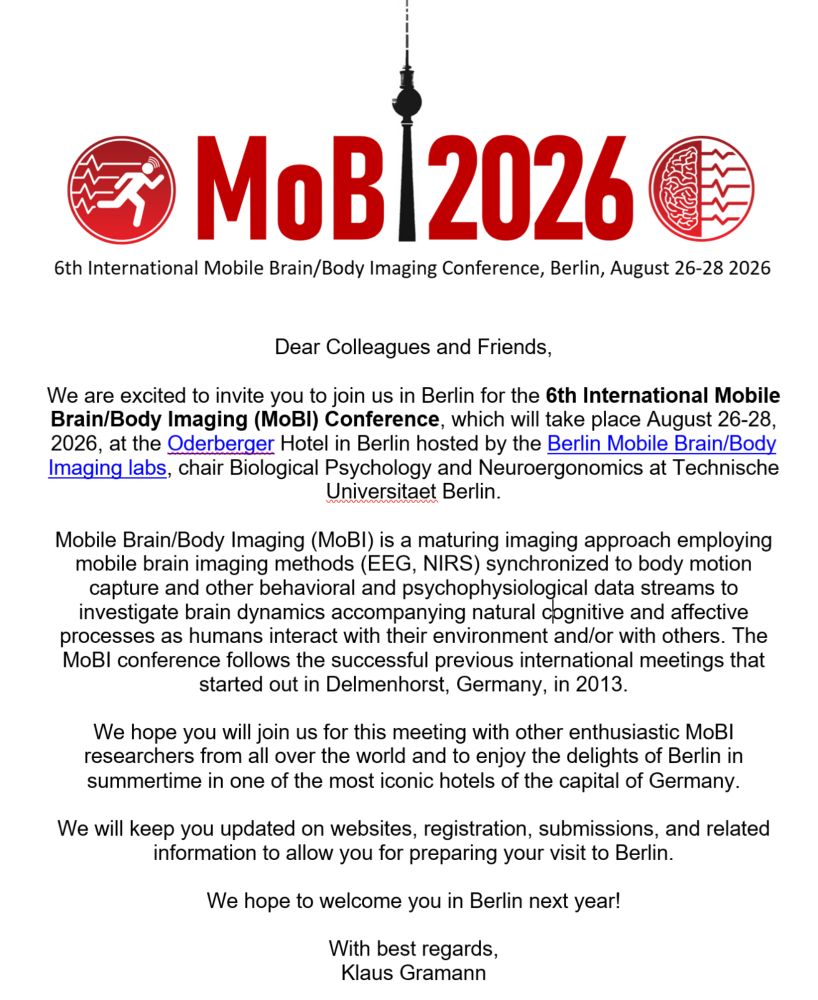Posts
Media
Videos
Starter Packs
Reposted by Clement Naveilhan
Reposted by Clement Naveilhan
Reposted by Clement Naveilhan
Reposted by Clement Naveilhan
Reposted by Clement Naveilhan
Reposted by Clement Naveilhan
Iris Groen
@irisgroen.bsky.social
· Jun 16
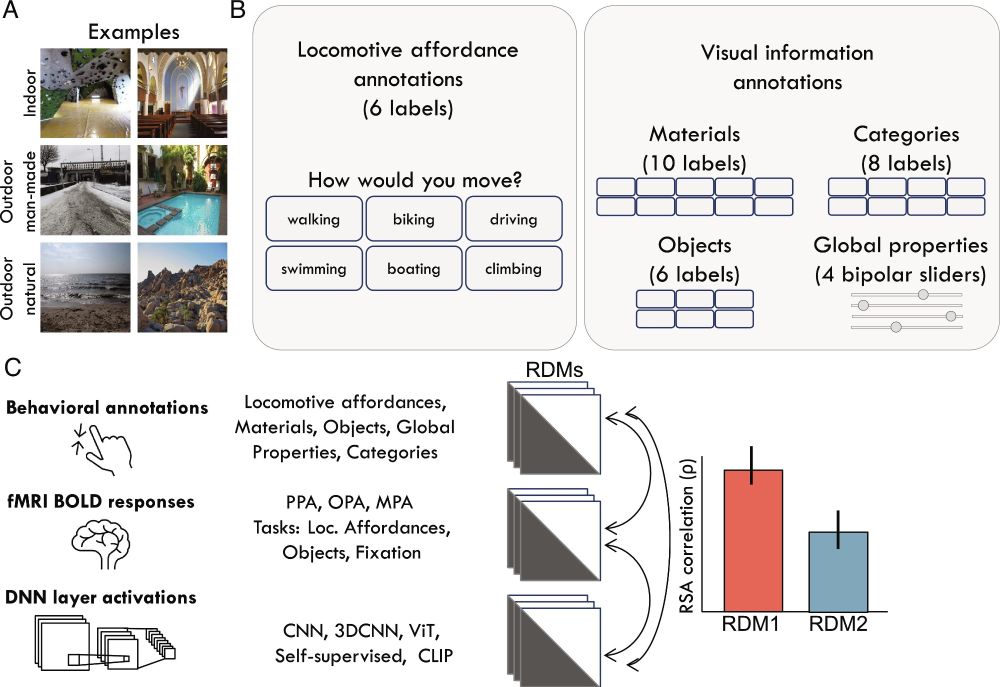
Representation of locomotive action affordances in human behavior, brains, and deep neural networks | PNAS
To decide how to move around the world, we must determine which locomotive actions
(e.g., walking, swimming, or climbing) are afforded by the immed...
www.pnas.org
Reposted by Clement Naveilhan
Reposted by Clement Naveilhan
Reposted by Clement Naveilhan
Reposted by Clement Naveilhan





